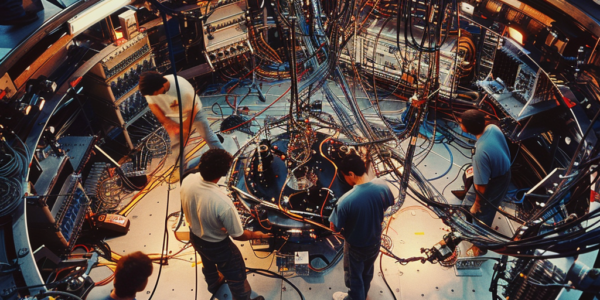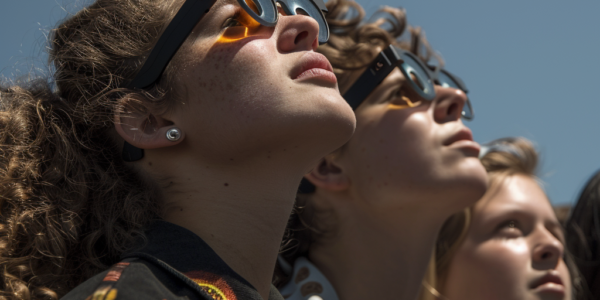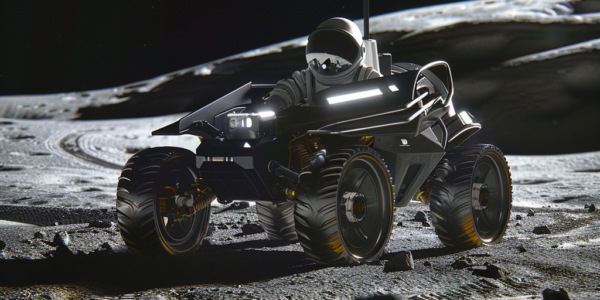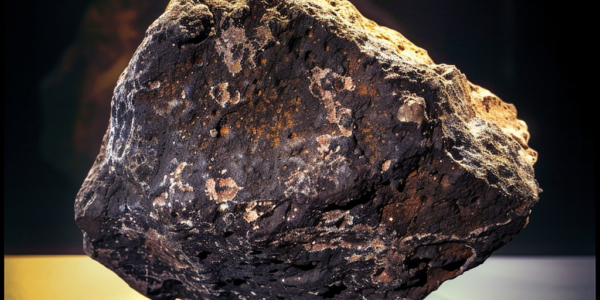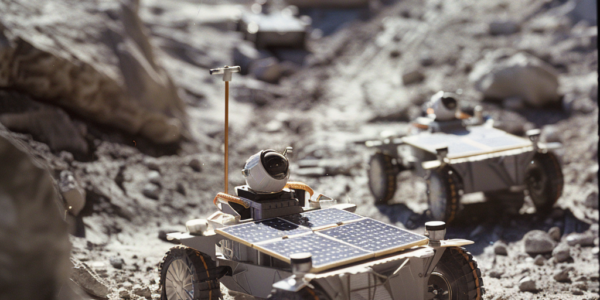Artemis Astronauts’ Moonwalk Should Include Zoom Call for Students
Artemis astronauts are scheduled to walk on the moon in late 2026, conducting scientific exploration and leaving behind instruments for long-term study. But in addition to their mission objectives, they should also engage with young students around the world through a ‘Ask the Artemis Astronauts’ event, providing inspiration for the new generation of explorers.
NASA and Verizon Business Partner to Bring Live Broadcast of Solar Eclipse
NASA has partnered with Verizon Business to bring a live broadcast of the upcoming solar eclipse to viewers worldwide. The collaboration involves a 1 gigabyte E-line service connecting the John Glenn Space Center to the Great Lakes Science Center, enabling the transmission of feeds to a global audience. This groundbreaking partnership highlights Verizon’s ability to deliver solutions for federal agencies like NASA.
Highly Anticipated Total Solar Eclipse Set to Captivate Millions
The highly anticipated total solar eclipse, known as the Great American Eclipse, is set to captivate millions as it crosses the continental United States from southern Texas to northern Maine. With an estimated 34 million Americans expected to witness the eclipse, it’s important to understand the event and its path of totality, which includes states such as Texas, Ohio, and New York. Scheduled for April 8, 2024, from 2:27 p.m. to 3:35 p.m. Eastern time, this celestial event will bring a temporary darkening of the sky and a decrease in temperature.
Understanding the Dangers of Viewing the 2024 Solar Eclipse
Millions of Americans are eagerly anticipating the upcoming solar eclipse on April 8, 2024. However, it’s crucial to understand the potential dangers associated with viewing this natural phenomenon. NASA emphasizes the importance of eye protection during both partial and total solar eclipses. Looking directly at the sun, even during a partial eclipse, can lead to eye damage. Dr. Yehia Hashad, an ophthalmologist and retinal specialist at Bausch + Lomb, warns that there is no safe level of exposure to solar ultraviolet rays or infrared radiation. Given the dangers associated with viewing a solar eclipse, it’s crucial to use special glasses specifically designed for eclipse viewing.
NASA to Announce Rover Developer for Artemis Program
NASA will announce the company or companies chosen to develop the rover for its Artemis program of lunar exploration during a press conference on April 3 at 4 p.m. EDT. The two-person Artemis rover, officially known as the Lunar Terrain Vehicle (LTV), will aid astronauts in exploring the moon’s south polar region, with plans to establish a base in an area believed to contain abundant water ice. The LTV is designed to operate autonomously, allowing it to conduct scientific work during periods when crewed Artemis missions are not active.
Anticipation Builds for 2024 Solar Eclipse Across the United States
The 2024 solar eclipse is set to cross a wide swath of the United States on April 8, 2024, with an estimated 34 million Americans expected to witness the celestial event. Unlike the 2017 eclipse, this one is projected to last longer, offering a captivating display for sky gazers. The path of totality spans from Mexico, through the U.S., and extends across Texas and North America to the coast of Newfoundland, Canada. States in the path of totality include Texas, Oklahoma, Arkansas, Missouri, Illinois, Kentucky, Indiana, Michigan, Ohio, Pennsylvania, New York, Vermont, New Hampshire, and Maine. The solar eclipse is scheduled for Monday, April 8, 2024, with the path of totality projected to cross the United States from approximately 2:27 p.m. to 3:35 p.m. Eastern time. As the event draws near, it’s essential for individuals to equip themselves with the necessary tools, such as eclipse glasses, to safely observe the phenomenon.
ESA and NASA Collaborate to Study Solar Wind with Solar Orbiter and Parker Solar Probe
ESA and NASA collaborate as Solar Orbiter and Parker Solar Probe reach closest approach to the Sun, allowing for simultaneous observation of the solar wind. This unique alignment provides valuable data for scientists to enhance their understanding of the Sun’s impact on the solar system and Earth.
Rare Asteroid Sample on Display at University of Arizona Museum
NASA’s OSIRIS-REx spacecraft has brought a small piece of an asteroid to the University of Arizona’s Alfie Norville Gem & Mineral Museum. This rare extraterrestrial rock sample is now available for public viewing, making it one of only three such samples in the world. After a seven-year journey, the pebble from asteroid Bennu landed in a remote area of the Utah desert and is now on display at the museum in Arizona.
SpaceX Launches Doubleheader Falcon 9 Rocket Mission
SpaceX successfully launched a doubleheader Falcon 9 rocket mission to deploy satellites and expand its Starlink constellation, with one launch carrying the Eutelsat 36D satellite and the other launching 23 Starlink satellites. Weather conditions forced the postponement of a third SpaceX launch in California. Despite the challenges, SpaceX’s ambitious launch schedule and successful missions demonstrate the company’s commitment to advancing satellite deployment and space exploration.
NASA Conducts Successful Test Drives for Mini Autonomous Rovers Bound for the Moon in 2025
NASA’s mini autonomous rovers, part of the CADRE technology demonstration, underwent successful test drives at JPL in preparation for their 2025 moon mission. Equipped with solar panels and sensors, the rovers will map the lunar surface in 3D, showcasing the potential of autonomous robotic exploration in space.


